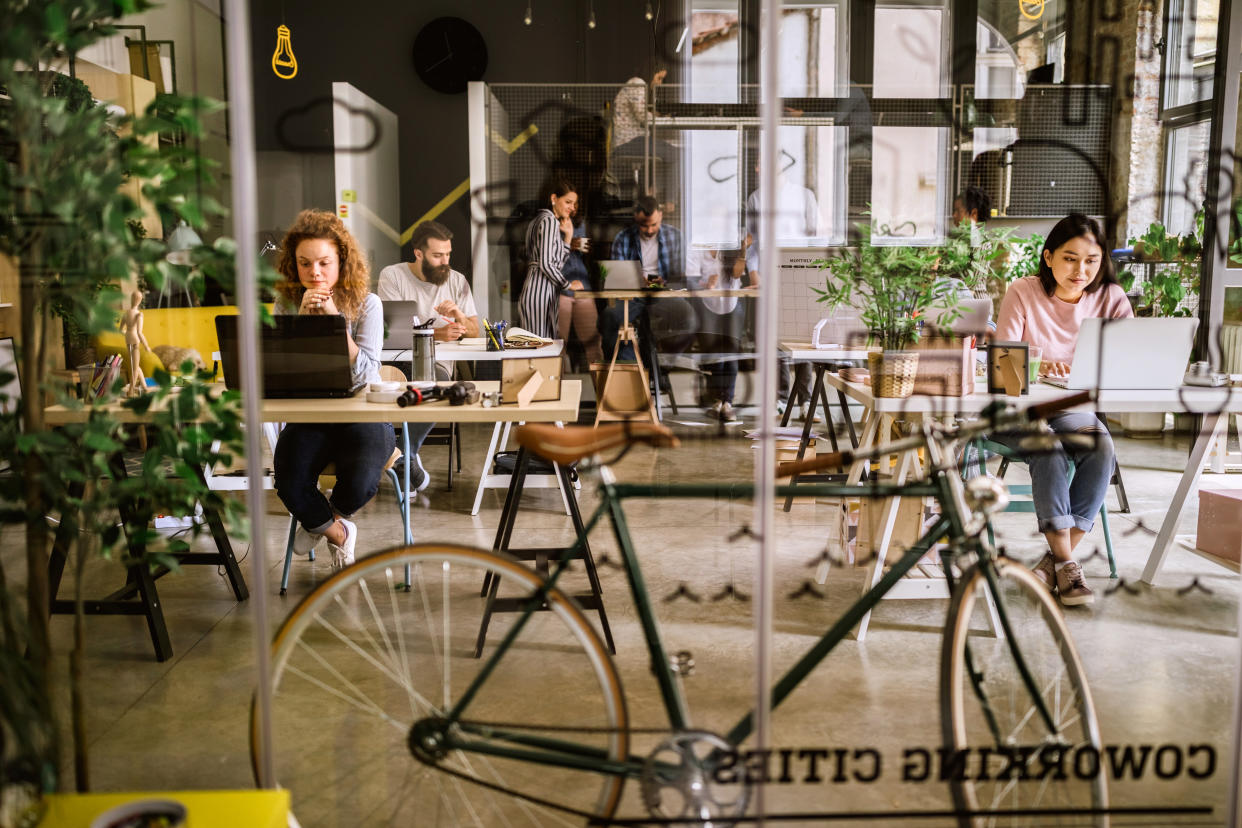Has coronavirus put an end to coworking spaces for good?

Even before coronavirus struck, shared-office-space provider WeWork was struggling after last year’s failed attempt to go public. Although coworking spaces or flexible offices are nothing new, the company focused on premium extras, such as free internet, fancy coffee and unlimited beer and wine.
Now, the pandemic and subsequent lockdown has left the company with large amounts of empty space and hundreds of furloughed employees. Last month WeWork — the largest single occupier of corporate office space in London — cut over 50% of its community managers and community leads in the UK, according to sources within the firm.
WeWork’s downfall is unsurprising, considering the difficulties within the business prior to COVID-19. But as working from home and social distancing have become the new normal in just a few months, the idea of sharing office space is looking increasingly unappealing. Whether coworking companies manage to survive the current crisis remains to be seen.
READ MORE: How to cope when you lose your sense of purpose at work
According to a survey of more than 14,000 coworking spaces across 172 countries by coworking marketplace website Coworker, 72% said they had seen a decrease in the number of people working from their space since the outbreak.
Along with fewer people working in their workplaces, 41% of coworking spaces reported a negative impact on membership and contract renewals since the outbreak. A further 67% of spaces have experienced a drop in the number of new membership enquiries.
It’s clearly a challenging time for coworking businesses, which are characterised by shared areas which see huge numbers of people come and go. However, this doesn’t necessarily mean they won’t exist in the future.
Before the pandemic, many big corporations were taking advantage of the flexible terms of coworking spaces, rather than agreeing to long-term leases. Apple (AAPL), IBM (IBM), Samsung (BC94.L) and Microsoft (MSFT) are among those who have embraced coworking in recent years, as well as start-ups and smaller firms. It’s likely that some companies may continue to do so, particularly with the uncertainty surrounding coronavirus and the need for businesses to be more flexible.
More people are expected to continue working from home after the pandemic, with research by CIPD estimating the proportion of regular remote workers to rise to 37%, compared to 18% before. It’s likely that office spaces will still remain in use, though.
Coworking spaces can provide office environments for newly remote workers who choose to work outside the office, as well as a space for employers to hold traditional, face-to-face meetings. Essentially, shared workspaces offer more flexibility for companies, which will be hugely important post-coronavirus.
READ MORE: Why offices will still exist in the post-lockdown working world
Coworking spaces will look different to how they used to, however. These workspaces are known for their perks, including free coffee, post-work drinking spaces and other areas for remote workers to meet up and socialise. Unfortunately, these are likely to disappear.
According to the Coworker survey, many spaces have decided to end communal breakfasts, lunches and other gatherings, allowing only two or three members to be in the kitchen at one time. Spaces have also rearranged furniture and desks to keep workers distant from one another too.
Fewer members will be able to use shared workspaces at the same time too, which may be financially problematic for coworking companies. Fitting as many people as possible into an office space simply won’t be viable in the future.
READ MORE: How to mentally prepare for returning to work after furlough
Shared office spaces will need to be vigilant about cleaning too, considering droplets from a single sneeze can travel more than seven metres. Desks, chairs and any communal facilities — such as kettles and kitchen worktops — will need to be cleaned regularly to reduce the risk of disease transmission.
These spaces will look different for workers returning to their office jobs after the pandemic, that’s for sure. But hopefully this will mean they are safer, too.



